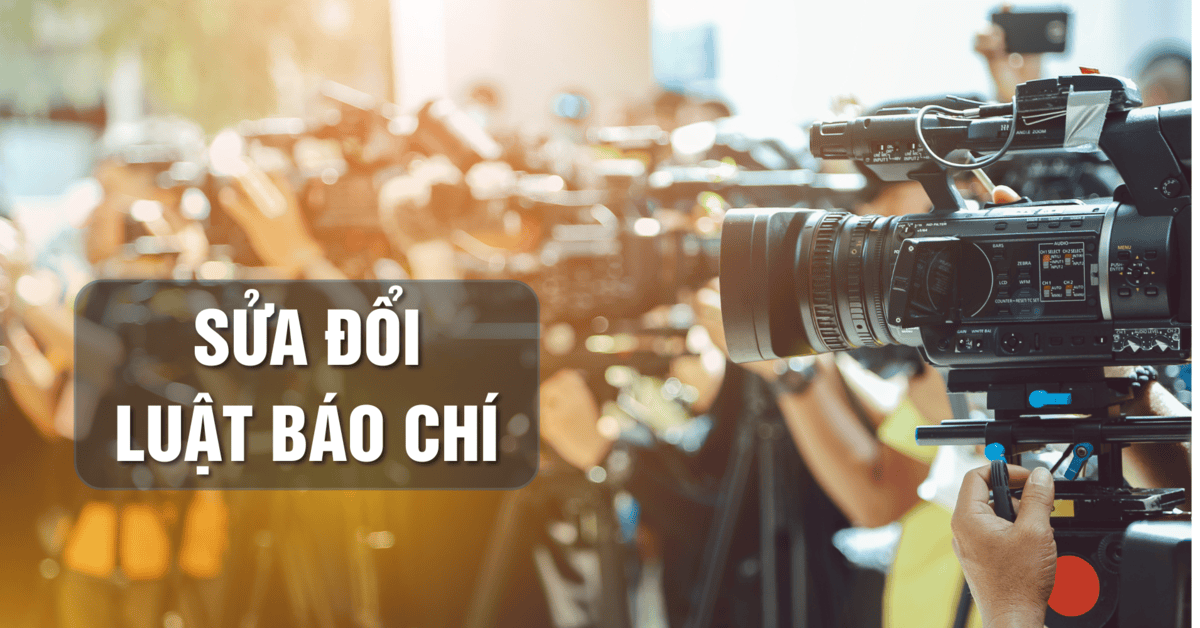
The Ministry of Justice has released an appraisal dossier for the draft revised Press Law, developed by MCST. After more than eight years of implementation, certain provisions of the currently applied Press Law have revealed limitations and inadequacies, failing to meet the practical needs of journalistic activities and the development of science, technology, and communication.
The definitions in the law don’t clearly distinguish between newspapers and magazines, leading to magazine agencies operating like newspaper agencies. In addition, there are no regulations requiring training or professional ethics courses for journalists before issuing their first press cards.
In recent years, there have been cases of journalists, reporters, and individuals involved in journalistic activities committing criminal offenses, facing prosecution, and being tried. Cases resulting in the revocation of press cards or criminal penalties often stem from improper journalistic practices and failure to adhere to standards.
MCST affirmed that journalism is a conditional profession due to its significant societal impact, necessitating stricter conditions for issuing initial press cards to improve the quality of journalists.
There are still no regulations to establish and develop large-scale media agencies with sufficient resources to lead and guide public information. Given the similarities in political, economic, and social systems between China and Vietnam, China’s media conglomerate model offers valuable lessons for developing Vietnam’s journalistic framework.
In Vietnam, the Voice of Vietnam (VOV), Vietnam Television (VTV), and Vietnam News Agency (VNA) are organized as media groups. At the local level, consolidated media models have emerged, such as the QuangNinh Province Media Center or BinhPhuoc Radio, Television, and Newspaper, which integrate all four types of media.
However, the 2016 Press Law does not clearly specify whether a media agency can be subordinate to another, or operate under another press agency, creating challenges in implementing the media conglomerate model.
The presentation references the Politburo’s conclusion in Notice 173/2005 by the Central Committee on the information development strategy up to 2010, which permits the establishment of media conglomerates and publishing complexes.
However, the terminology needs careful consideration to ensure appropriateness. Implementation should be piloted and carried out gradually to ensure quality and effectiveness, avoiding rushed or widespread adoption.
MCST has outlined principles for the operational model, media economics, and expansion of operational scope to foster breakthroughs in journalism amid the streamlined restructuring of the political system’s organizational apparatus, meeting the information and propaganda needs of the new era.
The draft law introduces the concept of major multimedia media conglomerates, a model which consists of many types of press, with affiliated press agencies, affiliated enterprises or capital contributors. With a core role in orienting public opinion, it is entitled to a specific mechanism on finance, labor, and wages like an enterprise.
Tran Thuong